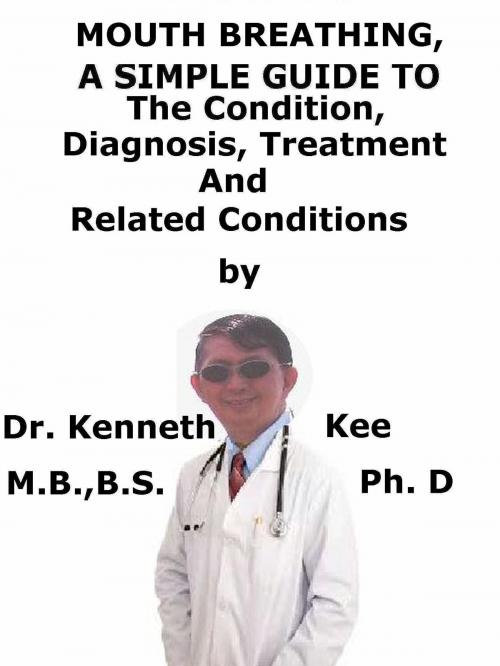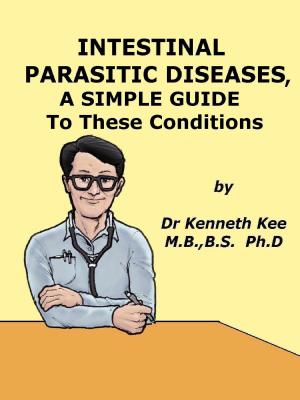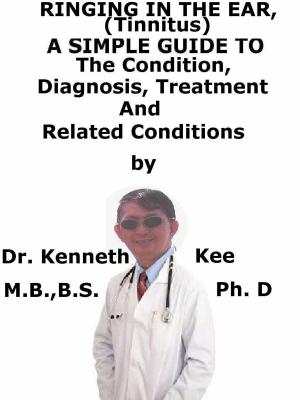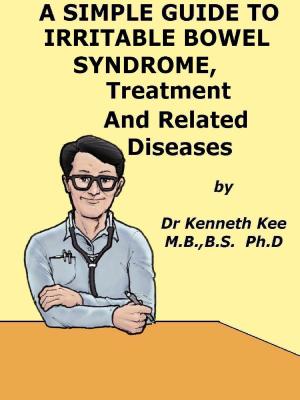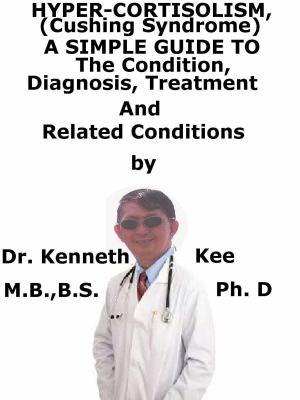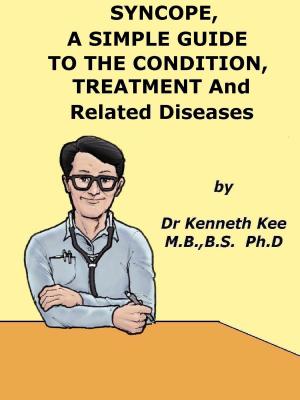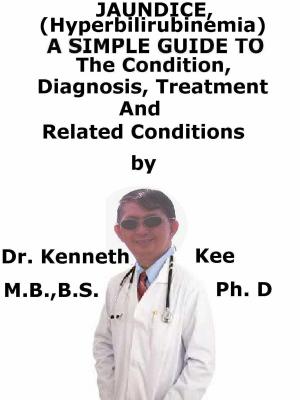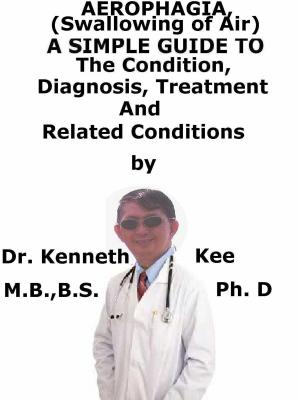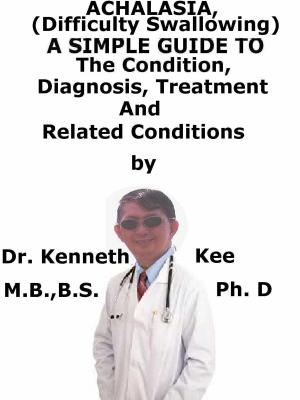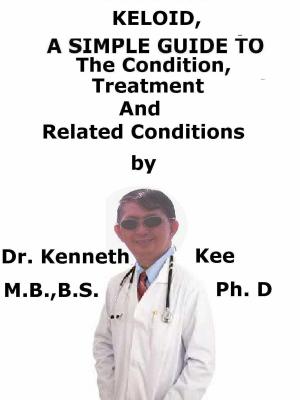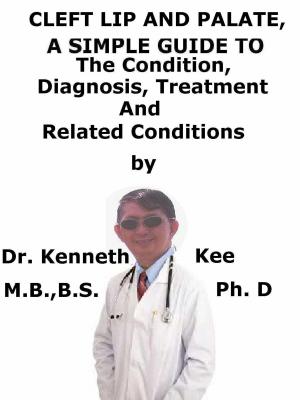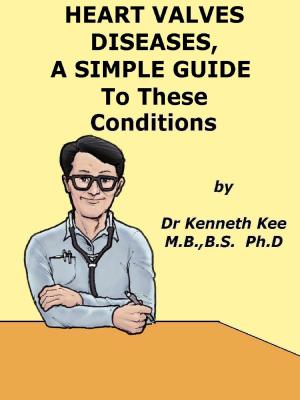Mouth Breathing, A Simple Guide To The Condition, Diagnosis, Treatment And Related Conditions
Nonfiction, Health & Well Being, Health, Ailments & Diseases, Respiratory, Medical, Specialties, Otorhinolaryngology| Author: | Kenneth Kee | ISBN: | 9781370947980 |
| Publisher: | Kenneth Kee | Publication: | May 20, 2017 |
| Imprint: | Smashwords Edition | Language: | English |
| Author: | Kenneth Kee |
| ISBN: | 9781370947980 |
| Publisher: | Kenneth Kee |
| Publication: | May 20, 2017 |
| Imprint: | Smashwords Edition |
| Language: | English |
Mouth breathing (also known as open-mouth breathing) is breathing through the mouth rather than the nose.
Infants are basically nasal breathers from birth, but generally speaking all healthy humans may breathe through their nose, their mouth, or both.
During rest, breathing through the nose is frequent for most people.
Breathing through both nose and mouth during exercise is also normal, a behavioral adjustment to raise air intake and hence provide more oxygen to the muscles.
Mouth breathing may be not normal when a person breathes through the mouth even during rest.
Some doctors use the term mouth breathing habit but this does suggests that the person is fully capable of normal nasal breathing, and is breathing through their mouth out of preference.
In about 85% of cases, mouth breathing indicates an involuntary, subconscious adjustment to reduced opening of the nasal airway and mouth breathing is a need in order to get enough air.
Below are the most frequent causes:
1. Chronic nasal congestion
2. Thumb or finger sucking habit
3. Enlarged tonsils or adenoids
4. Allergies
5. Respiratory infection
If nasal breathing is not possible, the body’s only choice is to mouth breathe.
Mouth breathing has been classified according to cause into three groups:
1. Obstructive,
2. Habitual
3. Anatomical
Some bodily functions can be affected by mouth breathing and it can cause some certain symptoms such as:
1. Cold symptoms, sore throat
2. Headaches
3. Gingivitis and gum diseases
4. Bad breath and other greater risks for cavities
5. Digestive problems, acid reflux, stomach upset
6. Poor sleeping habits, which produces severe fatigue
Potential effects:
A tongue thrust has effects on speech, swallowing, breathing, and chewing in problematic ways
Breathing through the mouth can actually alter the shape of the face and alter the appearance.
Children whose mouth breathing is not treated may develop abnormal facial and dental development.
1. Long, narrow faces and mouths,
2. Less defined cheek bones,
3. Small lower jaws, and
4. Weak chins.
When the person takes in air through the mouth, less oxygen is able to be absorbed into the blood stream.
Poor sleeping habits often occur from lower oxygen levels.
In children, this can adversely disturb growth and academic performance.
Mouth breathing may appear like an easy habit to alter by just closing the mouth.
Unfortunately, for the people who make use of mouth breathing, it is not that easy.
This is because all of the muscles of the face and mouth have been planned to help them breathe in a dysfunctional manner such as mouth breathing.
The body does not know how to breathe normally through the nose.
In order to discontinue mouth breathing, the muscles must be re-trained to function in new ways.
Regardless of the superficial causes and triggers, the main reason behind mouth breathing is normally a nasal obstruction.
Most of the people bring air into the body through the nose which is designed to act as a natural humidifier and filtering system for the air.
When the person cannot get enough air through the nose, the mouth takes over.
Using mouth to breathe most of the time can influence the health negatively.
The most frequent side effect is an excessively dry mouth.
The patient can clear the nasal passages by using a neti pot or nasal saline
Buteyko breathing exercises is clearing the nose and teaching people to breathe nasally.
It has even been related to ADD and ADHD symptoms.
Mouth breathing causes posture changes as well.
In order to open the airway, the head rests in a forward position and the shoulders slump.
Mouth breathing can also involve the position of the teeth and the bite.
TABLE OF CONTENT
Introduction
Chapter 1 Mouth Breathing
Chapter 2 Causes
Chapter 3 Symptoms
Chapter 4 Diagnosis
Chapter 5 Treatment
Chapter 6 Prognosis
Chapter 7 Snoring
Chapter 8 Obstructive Sleep Apnea
Epilogue
Mouth breathing (also known as open-mouth breathing) is breathing through the mouth rather than the nose.
Infants are basically nasal breathers from birth, but generally speaking all healthy humans may breathe through their nose, their mouth, or both.
During rest, breathing through the nose is frequent for most people.
Breathing through both nose and mouth during exercise is also normal, a behavioral adjustment to raise air intake and hence provide more oxygen to the muscles.
Mouth breathing may be not normal when a person breathes through the mouth even during rest.
Some doctors use the term mouth breathing habit but this does suggests that the person is fully capable of normal nasal breathing, and is breathing through their mouth out of preference.
In about 85% of cases, mouth breathing indicates an involuntary, subconscious adjustment to reduced opening of the nasal airway and mouth breathing is a need in order to get enough air.
Below are the most frequent causes:
1. Chronic nasal congestion
2. Thumb or finger sucking habit
3. Enlarged tonsils or adenoids
4. Allergies
5. Respiratory infection
If nasal breathing is not possible, the body’s only choice is to mouth breathe.
Mouth breathing has been classified according to cause into three groups:
1. Obstructive,
2. Habitual
3. Anatomical
Some bodily functions can be affected by mouth breathing and it can cause some certain symptoms such as:
1. Cold symptoms, sore throat
2. Headaches
3. Gingivitis and gum diseases
4. Bad breath and other greater risks for cavities
5. Digestive problems, acid reflux, stomach upset
6. Poor sleeping habits, which produces severe fatigue
Potential effects:
A tongue thrust has effects on speech, swallowing, breathing, and chewing in problematic ways
Breathing through the mouth can actually alter the shape of the face and alter the appearance.
Children whose mouth breathing is not treated may develop abnormal facial and dental development.
1. Long, narrow faces and mouths,
2. Less defined cheek bones,
3. Small lower jaws, and
4. Weak chins.
When the person takes in air through the mouth, less oxygen is able to be absorbed into the blood stream.
Poor sleeping habits often occur from lower oxygen levels.
In children, this can adversely disturb growth and academic performance.
Mouth breathing may appear like an easy habit to alter by just closing the mouth.
Unfortunately, for the people who make use of mouth breathing, it is not that easy.
This is because all of the muscles of the face and mouth have been planned to help them breathe in a dysfunctional manner such as mouth breathing.
The body does not know how to breathe normally through the nose.
In order to discontinue mouth breathing, the muscles must be re-trained to function in new ways.
Regardless of the superficial causes and triggers, the main reason behind mouth breathing is normally a nasal obstruction.
Most of the people bring air into the body through the nose which is designed to act as a natural humidifier and filtering system for the air.
When the person cannot get enough air through the nose, the mouth takes over.
Using mouth to breathe most of the time can influence the health negatively.
The most frequent side effect is an excessively dry mouth.
The patient can clear the nasal passages by using a neti pot or nasal saline
Buteyko breathing exercises is clearing the nose and teaching people to breathe nasally.
It has even been related to ADD and ADHD symptoms.
Mouth breathing causes posture changes as well.
In order to open the airway, the head rests in a forward position and the shoulders slump.
Mouth breathing can also involve the position of the teeth and the bite.
TABLE OF CONTENT
Introduction
Chapter 1 Mouth Breathing
Chapter 2 Causes
Chapter 3 Symptoms
Chapter 4 Diagnosis
Chapter 5 Treatment
Chapter 6 Prognosis
Chapter 7 Snoring
Chapter 8 Obstructive Sleep Apnea
Epilogue
